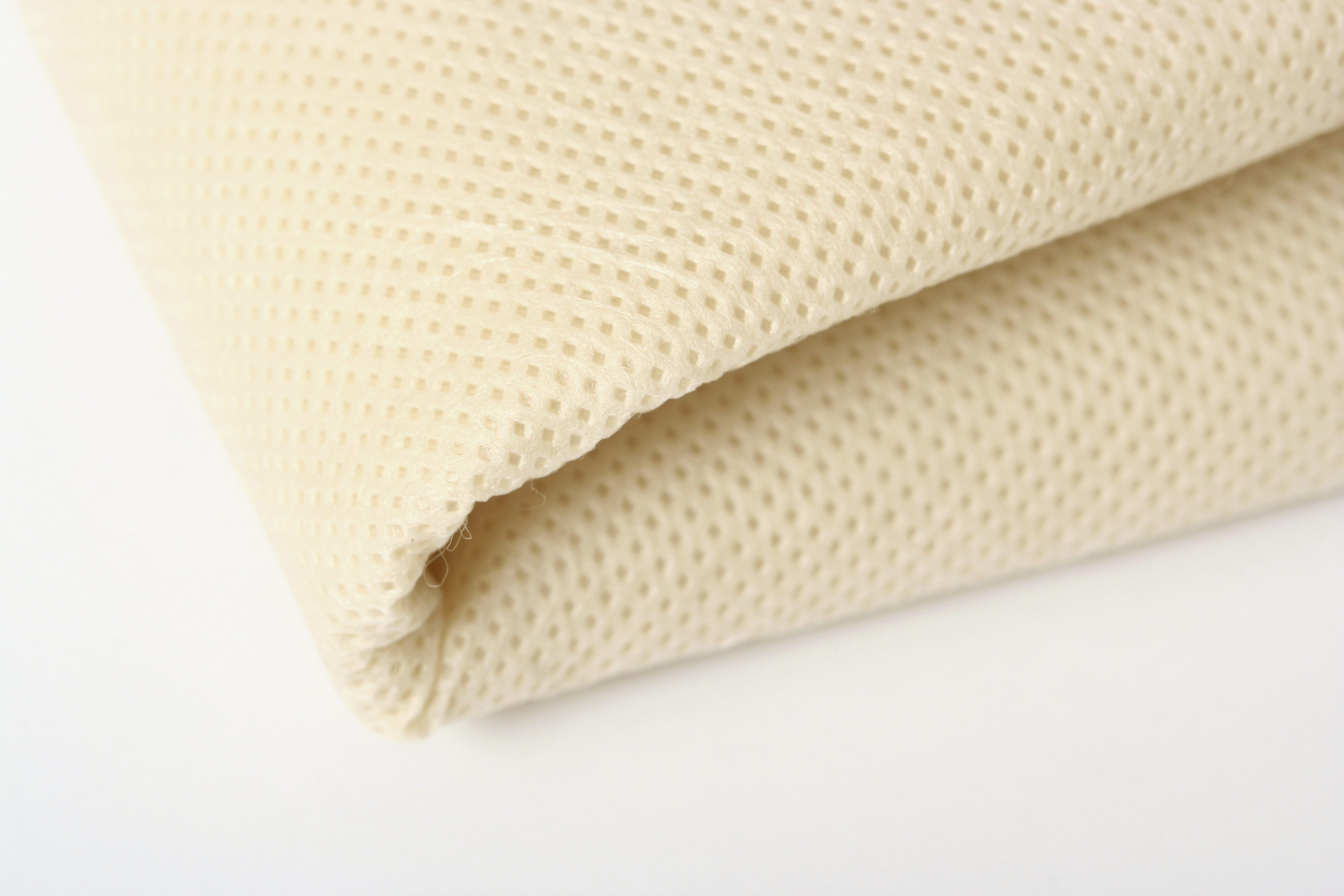 |
||||||||
| October 25, 2017 | ||||||||
| Shoe press report 2017 |  |
|||||||
|
· Subscribe to Ahead of the Curve · Newsletters · Ahead of the Curve archived issues · Contact the Editor
|
Nonwoven’s next act BY SESHADRI RAMKUMAR What drives the nonwovens sector? Consumer goods that enhance health and improve lifestyles. Products such as diapers, wipes, and hospital goods have been the main pillars of the industry. In addition, nonwovens are used in semi-durable and durable goods, such as products for construction, infrastructure, and automobiles, to name a few. The single-use nonwoven sector is volume-oriented and therefore depends on its consumer base. Population growth and the economy of nations are the drivers here. The industry has performed well because of these drivers and is predicted to have an optimistic future. Historically, the nonwovens industry’s annual growth rates have surpassed the GDP growth of nations in their respective regions. According to Brad Kalil, director of Market Research and Statistics at INDA, the association of the nonwoven fabrics industry, global growth is forecast to be about 5.7 percent. This figure is based on INDA and EDANA Worldwide Outlook for the Nonwovens Industry. Asia will lead the global growth, with China and India projected to have annual growth rates of about 7 percent and 8 percent, respectively. Growth numbers are encouraging in regions where growth is happening from a small base, and consumer acceptance and consumer goods are the key drivers there. In well-established and mature markets like North America and Europe, finding new markets for nonwovens by developing products that have functional and high-performance properties and varied applications will be the driver. Therefore, having strategies that focus on regional expectations throughout the world, as well as on consumer trends in terms of products and cost, will benefit our industry. Double-digit growth in India So far, the growth in India has been pushed by investments in spunbond and spunlace technologies with a few European lines and a number of spunbond lines from China, predominantly feeding to the packaging sector. However, future growth will be fueled by developing the “converting sector,” which consumes the roll goods to develop products that are available for consumer consumption at retail outlets. The cost factor in developing countries Outside parties recognize potential in nonwovens According to him, “with the current economic scenarios and political situations affecting the growth of IT sector in those markets where there are layoffs, I was looking to start a new venture and consulted with industrial advisors as to where I should stand-up uniquely among industries with affordable investments, and they advised to choose nonwovens. I considered nonwovens after a self-study, which led me to go into developing fibers and products for the nonwovens industry.” Considerations for developed economies The next phase of the nonwovens sector should have different strategies based on location and consumer expectations. Certainly, investments in research and development that can lead to both incremental and disruptive technologies and products are needed. Industry-institute cooperation is the need of the hour, which is a cost-effective way to advance the field. Editor’s Note: This article originally ran in the August, 2017 issue of TAPPI JOURNAL, which is available to TAPPI Members. About the author:
For a modest investment of $174, receive more than US$ 1000 in benefits in return. |
|||||||
 |
||||||||

